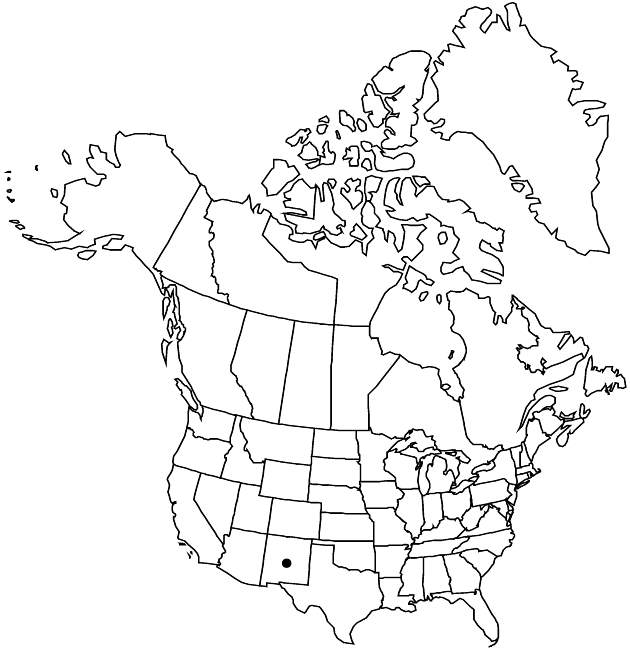Difference between revisions of "Heterotheca villosa var. sierrablancensis"
Rev. Heterotheca Phyllotheca, 147, fig. 49. 1996.
FNA>Volume Importer |
imported>Volume Importer |
||
| (2 intermediate revisions by 2 users not shown) | |||
| Line 48: | Line 48: | ||
|publication year=1996 | |publication year=1996 | ||
|special status= | |special status= | ||
| − | |source xml=https:// | + | |source xml=https://bitbucket.org/aafc-mbb/fna-data-curation/src/2e0870ddd59836b60bcf96646a41e87ea5a5943a/coarse_grained_fna_xml/V19-20-21/V20_553.xml |
|tribe=Asteraceae tribe Astereae | |tribe=Asteraceae tribe Astereae | ||
|genus=Heterotheca | |genus=Heterotheca | ||
Latest revision as of 20:04, 5 November 2020
Stems ascending to erect, 22–34(–46) cm, moderately to densely hispido-strigose, abundantly long-hirsute, sparsely to moderately stipitate-glandular. Distal cauline leaf blades (perpendicular proximally, ascending distally) lanceolate to ovate-oblong, 13–23 × (3–)4–6.5 mm, ± reduced distally, bases rounded, margins flat, apices broadly acute to obtuse, faces moderately to densely strigose (hairs 29–118/mm2), sparsely or usually moderately stipitate-glandular (glands 2–50/mm2). Heads (1–)3–12(–17) in congested, corymbiform to subumbelliform arrays. Peduncles 6–31(–49) mm, moderately to densely hispido-strigose, moderately glandular; bracts 1–3, linear-lanceolate to linear-oblong, reduced distally, not foliar. Involucres narrowly campanulate (fresh), 5.5–7.8(–8.7) mm. Phyllaries narrowly triangular-lanceolate, margins often reddish purple distally, faces moderately short-strigose, eglandular or sparsely stipitate-glandular. Ray florets (10–)13–20, laminae (8.5–)9–12(–14) mm (showy). 2n = 18.
Phenology: Flowering Sep–Oct.
Habitat: Open, disturbed areas, exposed, igneous rocky slopes, rocky granitic outcrops, road cuts, forests of Abies, Pinus ponderosa, and/or Pseudotsuga
Elevation: 2200–3500 m
Discussion
Of conservation concern.
Variety sierrablancensis is distinguished by its lanceolate to ovate-oblong, moderately strigose and sparsely to usually moderately stipitate-glandular leaves, its subumbelliform arrays, and its showy rays. It is close to var. nana, but usually has a denser indument and more often ovate than oblong leaves. Some plants from the White Mountains approach Heterotheca fulcrata var. fulcrata in leaf shape but lack the distinct, large leafy bracts of the latter. Less hairy plants with oblong leaves are similar vegetatively to var. nana, but usually have longer, showier rays.
Selected References
None.
